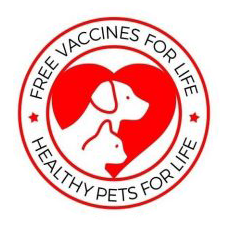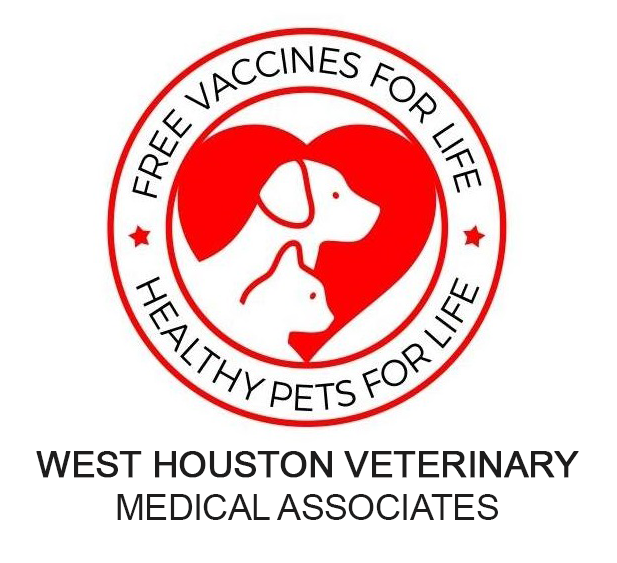Dog and Cat Dental Care
Dental disease is one of the most overlooked disease in pets even though it is very prevalent and dangerous.
It is thought that 80 percent of dogs and 70 percent of cats more than three years old are affected by dental disease.
If left untreated, the disease can travel through the bloodstream. This causes many problems, including heart, liver, and kidney disease.
Dental disease is so prevalent because owners still are not informed about how important good dental care is. Good dental care also requires routine examinations by a veterinarian who can catch dental disease early, recommend a professional dental cleanings, and provide follow up treatment plans. We clean your pet's teeth like your dentist cleans yours. We even get underneath the gums where owners are not able to get to.
After a professional cleaning, it is important to keep brushing your pet's teeth and provide dental chews to keep dental disease from coming back.
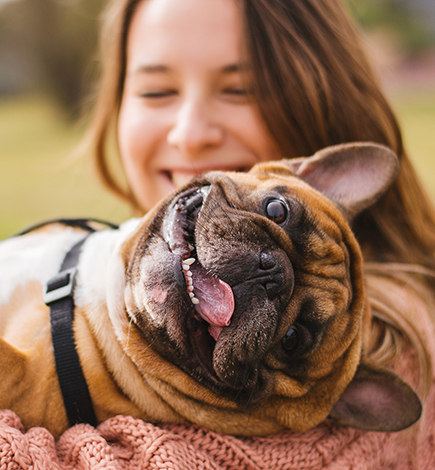
Why Your Pet Needs a Dental Exam
Not sure if your pet needs a dental checkup? Look for these signs, which indicate not just poor oral hygiene, but also poor health:
- Bad breath
- Red, swollen gums
- Excessive drooling
- Dropping food while eating (this can be an indication of oral pain)
- Yellow and brown buildup on the teeth
- Pawing at mouth
- Change in pet's behavior such as sleeping more often or irritability
- Reluctance to play with chew toys
- Decreased appetite or weight loss
Professional dental cleanings are the best way to stop dental disease.
If you notice any of the signs listed above, give us a call at (281) 493-4712 to schedule your pet's dental exam. We will discuss with you any treatment options and dental care products to keep your pet's oral health at its best. When it comes to dental care, prevention is always the best medicine!
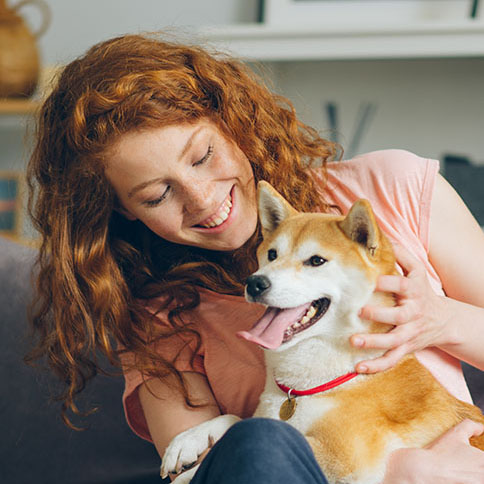
Teeth Cleaning Services
Pets must be placed under anesthesia for a proper dental cleaning, which involves:
- Scaling of the teeth, both above and below the gum line, to remove accumulated plaque and tartar.
- A complete set of dental x-rays, to examine tooth roots, presence of abscesses, bone loss, and other issues under the gum line.
- Polishing of the teeth to smooth rough enamel surfaces and keep plaque and tartar from sticking.
- Applying any needed tooth sealants to help further keep dental disease to bay.
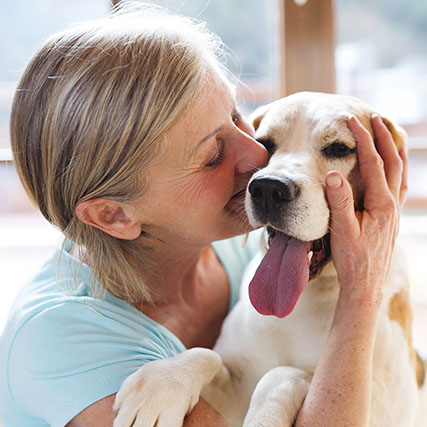
Dental Care at Home
The first rule of at-home pet dental care is to start your pet on a dental routine as early as possible. Puppies and kittens can adjust to daily dental treatments quickly, making it easier for them and much easier for you!
Brushing your pet’s teeth regularly is the best treatment to implement because it prevents plaque and bacteria buildup and reduces the potential for future dental disease. If brushing your pet's teeth proves difficult, there are other options available—oral wipes, dental chews, and rinses and tartar control diets can be purchased in-hospital.
